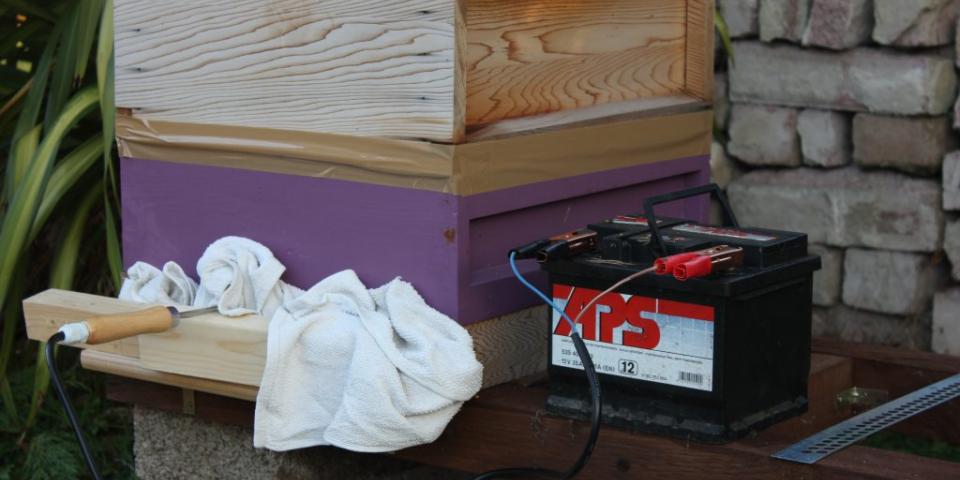- Posted By: jenifer
- Comments: 0
Keeping an old craft alive
This weekend I rolled up my sleeves with a group of other people to learn how to make a skep under the expert tuition of Mike Male from the Newton Abbot branch of the Devon Beekeepers' Association. This was the first of a two-day workshop for beekeepers - both novice and wiser - to make their own skep in time for the swarming season.










